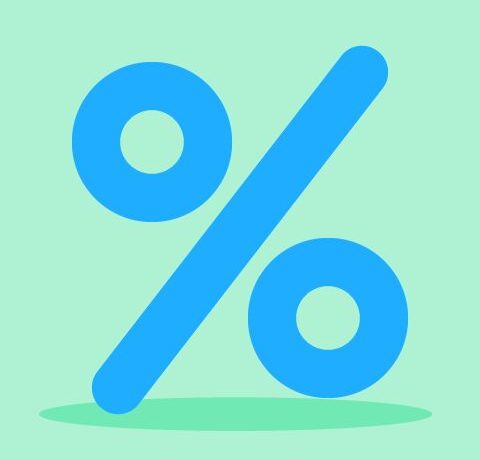Order Cancellation Level (OCL) revised!

From now on even better insight into how you perform in our supply chain!
As of today, the OCL score as you know it from our portal has been released in an improved version. Due to the changes made, the measurement of the OCL is more in line with the actual impact on the Supply Chain. It also means that the score is different from what you are used to from us. In this post, we will take you through the changes made.
What has changed?
There are 3 major changes made to the score.
- The first change is the calculation of the OCL percentage. We calculate the OCL percentage as follows:
OCL percentage = Canceled items caused by supplier / (Total ordered quantities – canceled items caused by Bol.com)In the new data, we make a distinction between the order lines canceled by the supplier and the order lines canceled by bol.com. The OCL percentage calculates what percentage of the expected items (total ordered – canceled by bol.com) are cancelled. - The second change is that the OCL reports are distributed based on the RDD. Previously this was on cancellation date. If you view a report of 1 specific week, this consequently contains all orders that were requested (RDD) for that week. This can therefore mean that reports and OCL scores from a few weeks ago change, for example because open orders whose RDD has expired are cancelled.
- The last change is to add the reason for cancellation and by whom the cancellation was made. It is good to realize that this does not always correspond with which party implements the cancellation first. An example. As soon as items are not delivered some time after the EDD has expired (reason: `Exceed critical term`), they will be canceled by Bol.com. However, the cause is the lack of delivery by the supplier. These cancellations are thus assigned to the supplier in the OCL.
What does this mean for me?
In the OCL report, you will see a distinction between the orders that have been canceled by yourself and by bol.com. Using this data, it is easier to determine which improvement should be applied to which articles to lower the OCL. If you have any questions about what actions you can take to lower the OCL, please contact lpm@bol.com


